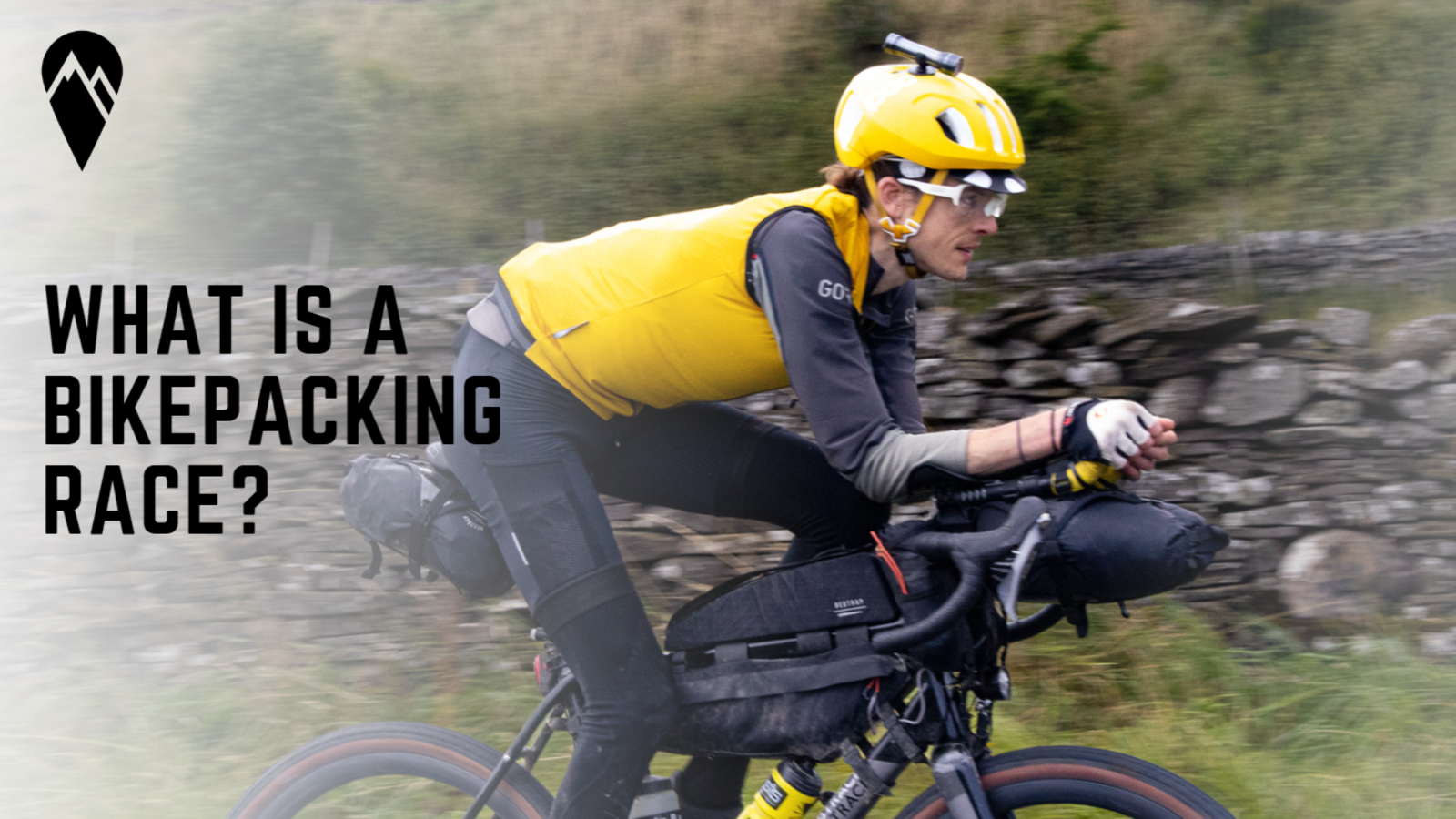DotWatcher.cc
What is a bikepacking race?
Despite DotWatcher being the home of self-supported, ultra-distance cycling, it is often a question we get asked to which we don’t have a cut and dried answer. What counts as self-supported ultracycling?
A bikepacking race requires cyclists to ride a distance that would see most of the field finishing in over 24 hours, during which the majority of riders will have the intention to sleep en-route. Most races take longer than this, often taking days up to a few weeks! Competitors carry all necessary equipment to enable them to be self-reliant for the entire race. It is generally accepted that self-reliancy extends to resources that are commercially available to all. For instance; food, drink and any emergency supplies that can be purchased in shops along the way.
Ultracycling vs. self-supported ultra-distance cycling vs. bikepacking race
While races like RAAM (Race Across America) are definitely ultra-distance cycling events, they differ slightly from bikepacking races as they are supported events. For this, there is a handy definition from which is: “Formally, ultracycling is any bicycle ride that is more than 200 kilometers (125 miles) in length or six hours in duration, completed as a single effort.”
This conjures up images of time trial bikes, skin suits and a beefy support crew.
There is mild overlap, but DotWatcher specialises in those self-supported, ultra-distance cycling races. Or for less of a mouthful, bikepacking race.
What counts as self-supported?
A self-supported bikepacking race usually comes with a set of standards that are both written and unwritten, we won’t go into full detail as this is something we explore more in our roundtables.
However, the most important for answering our question are the principles of being self-supported and all forward motion being pedal powered. Boiling it down, you’re on your own, any advantage (such as a resupply point or a rest area) is available to all the other riders in the race.
This means you'll always see riders carrying kit for the ride using bikepacking packs, lightweight and sturdy bags that attach directly to your bike frame without bulky hardware.
What about a distance cut-off?
When an answer is over a sentence long, with so many caveats, it may need to be simplified, but with bikepacking races, this isn’t possible. We could say a race must be over a certain distance, but this doesn’t take into account terrain or elevation.
A great example of this is the Arizona Trail Race, standing at 800 miles (1,287 km), this race takes over 8 days to finish with a significant (and mandatory) hike-a-bike section through the Grand Canyon National Park, wheels can literally not touch the ground. In complete juxtaposition, the Race Around The Netherlands stands at 2000 km and takes around 4 days for the pack to finish. This race is the self-proclaimed flattest ultra in the world at only 6,800m of climbing.
Taking the comparison a little further from off-road, to flat road race, we can look at a hilly ultra, Two Volcano Sprint, at 1,600km it had a staggering 36,000m of climbing in 2022 where the average rider took 5 or so days to finish.
What about sleep or time?
What about extended rest periods or sleep? Some athletes have trained for years to ride more than 24 hours without sleep.
A great example is Sofiane Sehili at the 2020 Atlas Mountain Race. Sleeping for only 2 hours over almost 4 days, Sofiane won with one of the lowest stopping times we’ve ever seen. Whereas most riders finished around 5-7 days with a more considerable rest period each day.
Or is it more of a matter of the mind?
A final thought, maybe ultra doesn’t mean a distance or time but more a challenge. To quote our race coordinator and race winner, :
Ultra distance is the point at which something is transcended. This could be distance, going further than gone before, or pushing the mind, reaching a higher state of being than before.

